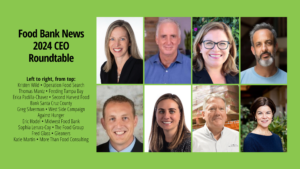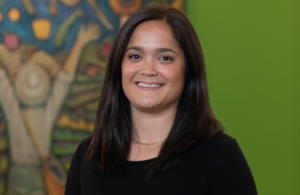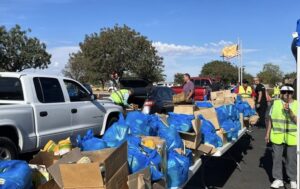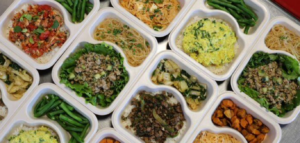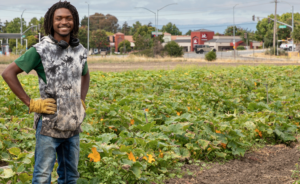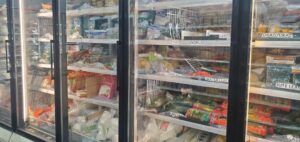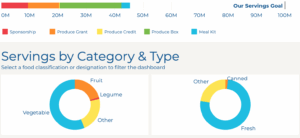The Greater Chicago Food Depository is redefining itself.
The nation’s 12th-largest food bank is in the beginning stages of a multi-year, multi-tiered strategy aimed at building connections with community groups that have deep roots in the city’s most vulnerable neighborhoods. The goal is to transfer power and resources to grassroots groups so they can foster healthy living in high-need areas throughout Chicago.

The new approach was born in nearly an instant when Executive Director and CEO Kate Maehr and her team became aware of the health disparities caused by Covid-19. The same neighborhoods most impacted by Covid were also the ones the food bank had identified as the most food-insecure.
“It felt like a slap in the face,” Maehr said. The realization of the depth of the inequity between neighborhoods turned into soul-searching among the team about how the food bank might do its work differently. “Very quickly,” Maehr said, “we went from being food bankers to being community organizers.”
The transformation began by simply getting out into different neighborhoods and knocking on doors. Rather than arrive with an agenda, food bank representatives came with questions, data, observations and open minds. “We asked our partners for their input on what they were seeing, and their insights and thoughts on what needed to happen,” Maehr said.
In one largely Hispanic neighborhood, a meeting hosted by a long-time pantry partner led to a connection with Enlace Chicago, which in turn led to an introduction to New Life Centers, a group focused on youth support and violence prevention. New Life was not a partner of the food bank, but had been hosting small-scale food distributions to about 100 families a week, using food rescued from a small grocery store.
Soon, the Greater Chicago Food Depository began hosting pop-up food distributions at all seven New Life locations. Within a month, the food bank was serving an astounding 10,000 families a week through the New Life distributions.
“They quickly became our largest partner in Cook County in terms of pounds,” Maehr said. Cook County, which includes Chicago and several surrounding communities, is the nation’s second-most populous county.
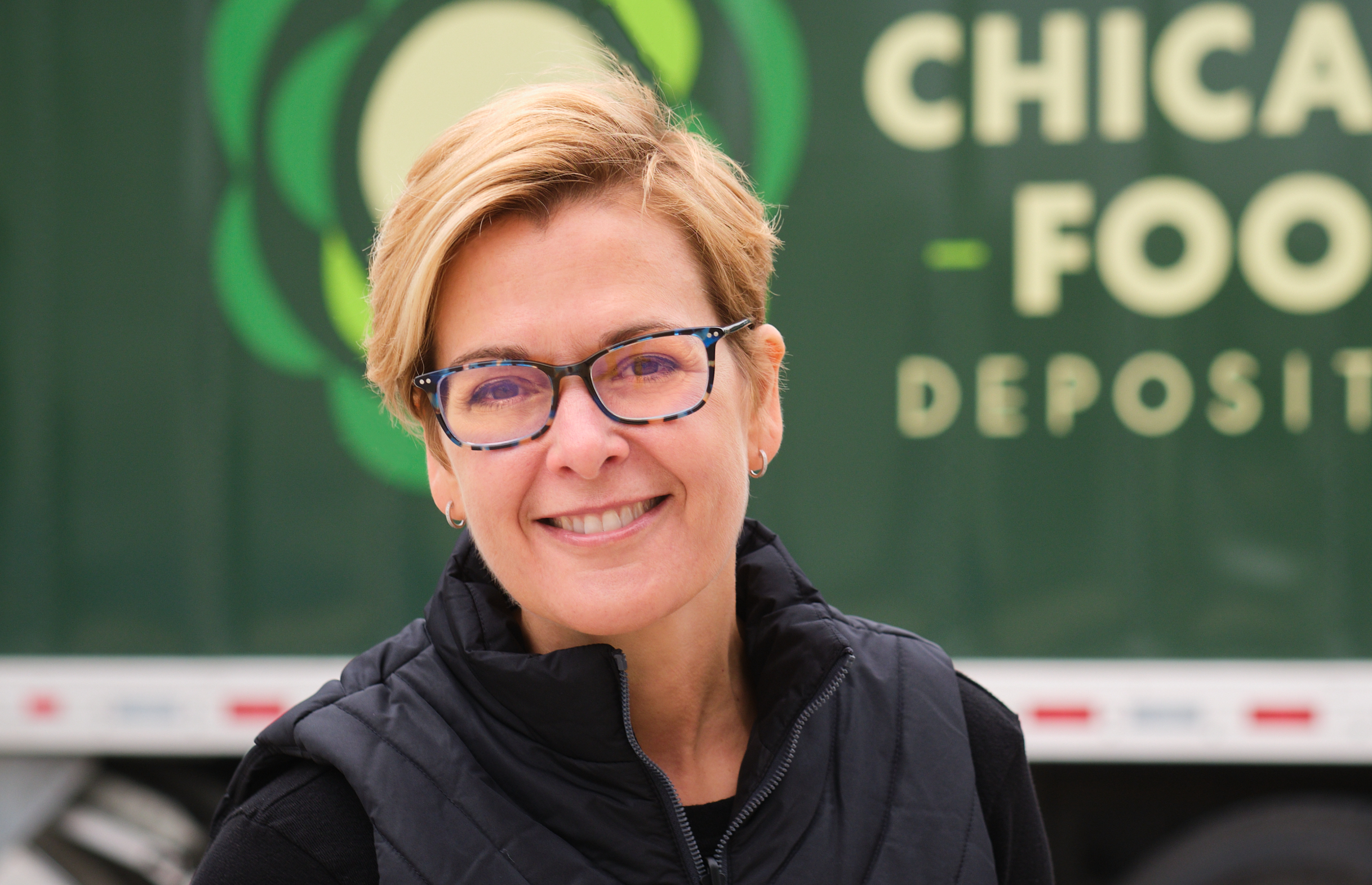
Beyond filling a gaping need in the community, the food distributions have seeped into New Life’s work, with food sometimes being used to help broker peace between rival gangs, and gang members beginning to see themselves as part of the solution as they get involved in making food deliveries to the homebound. “Giving food to neighbors has become an incredibly powerful, restorative act,” Maehr noted.
The next chapter of the New Life food distributions includes the development of a vibrant community food hub that will offer gathering spaces, free food, access to benefits, nutrition education and more. With design input from a renowned artist in the community, nothing about the new hub will look or feel like a traditional pantry.
In addition to largely supporting the hub through an initial grant, the food bank is leveraging its relationships with donors and funders to get them to invest in the project as well, reflecting a shift from fundraising mostly for itself. “We’re trying to share power,” Maehr said.
The food bank’s ability to start routing greater volumes of food to the city’s neediest neighborhoods began well before the pandemic when it started working with the consulting firm McKinsey. Seeking to analyze its distributions through an equity lens, the food bank worked with McKinsey to develop a tool it calls the Food Equity Index, which helped it home in on 40 underserved communities. “Having a tool made all the difference” in helping the food bank quickly pivot toward solutions, Maehr said.
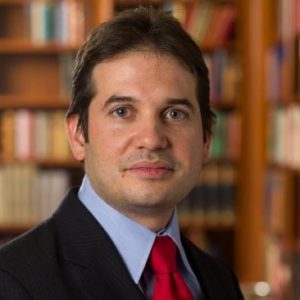
The Food Equity Index, which McKinsey is looking to make available to other food banks, uses four measures of a neighborhood, including affordability, availability of food, quality of food, and safety, to better understand specific levels of food insecurity. Understanding the nuances of neighborhoods is critical, especially in big cities like Chicago where things like gang dynamics can play a role in food access, dictating, for example, who is able to attend pantries on certain blocks. “It’s about not opening a distribution point at scale if you don’t understand the neighborhood,” said Roberto Uchoa, Senior Partner at McKinsey. “Each community is very different.”
Greater Chicago Food Depository is reaching out to other communities, inviting groups to come forward with their own ideas and game plans to “co-create” solutions. Already it has committed $5 million in grants to expand food access in high-priority Black and Latino neighborhoods, and is planning to make more grants. In each neighborhood, the food bank is supporting a different, community-generated vision, Maehr said, veering from its typical playbook of trying to achieve scale by making solutions replicable. “The power of this work is in the individual response of the communities,” she noted.
The food bank’s new approach is impacting its hiring, as it puts emphasis on finding people who have community organizing skills and/or neighborhood connections. The food bank is now showing up to community meetings throughout Chicago, opening up discussions about how healthy food can be part of whatever solution is under discussion. “Food can be a powerful tool to draw people in,” Maehr noted.
Reimagining itself as a community organizer has implications not only for how Greater Chicago Food Depository does its day-to-day work, but also how it measures its success going forward. While pounds have long been a useful proxy to describe effectiveness, the measure hasn’t always described a food bank’s ability to address areas of greatest need. “The future of this work looks different,” Maehr said. “It’s not pounds as the end goal, but healthy communities.”
Coming on the heels of Covid, there’s no doubt that engineering a top-to-bottom strategic shift is an exhausting enterprise. Maehr acknowledged as much but emphasized, “We are energized and we are inspired. We see the promise of doing this work differently.” — Chris Costanzo
CAPTION ABOVE: Within weeks, New Life Centers became Greater Chicago Food Depository’s largest distribution partner, serving 10,000 families a week. Photo credit: Joshua Lott for GCFD.
Like what you’re reading?
Support Food Bank News


